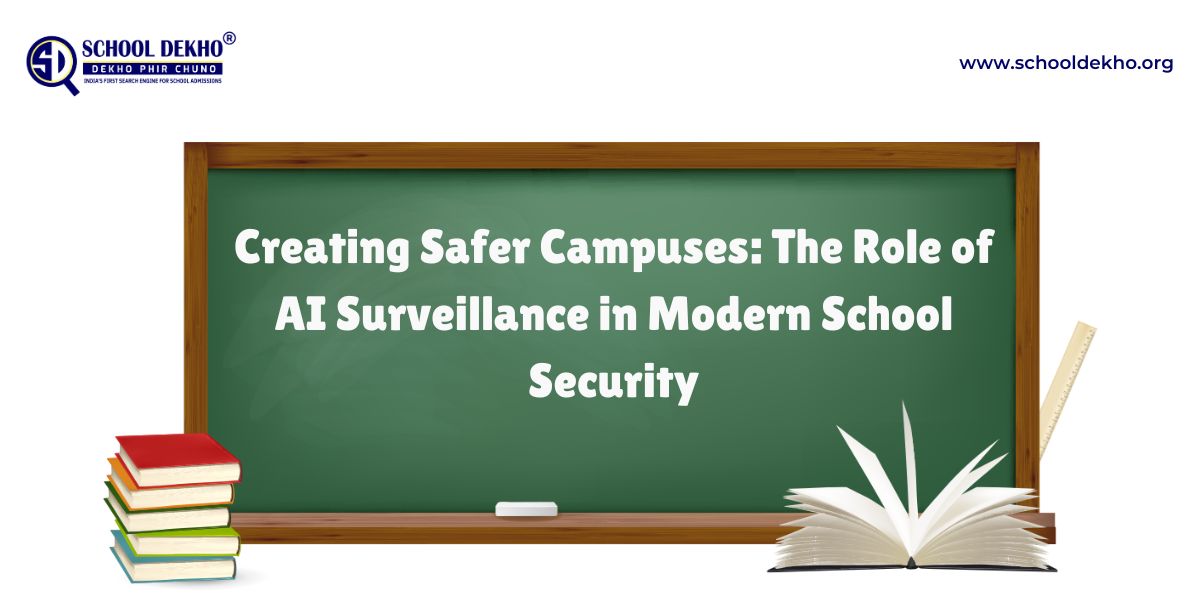Firstly, recent statistics show a growing need for stronger school security. For example, the past few years have seen a rise in school-related incidents involving violence and weapons. Reports indicate that schools are increasingly targeted for both minor altercations and serious threats, prompting districts to reconsider how to protect students and staff.
Secondly, this article explores the role of artificial intelligence (AI) in enhancing campus safety. It explains how AI surveillance complements existing systems, outlines core capabilities like threat detection, discusses implementation challenges, reviews ethical considerations, and looks ahead to future trends. Finally, the article closes with frequently asked questions, a conclusion, and key takeaways for decision-makers.
Why Traditional Security Is No Longer Enough
Although most schools use cameras and security personnel, these tools alone have limitations. For instance, traditional surveillance relies heavily on human monitoring, which can delay response times during emergencies. Likewise, standard protocols like bag checks or metal detectors often cover only entry points, leaving many areas unmonitored.
The Rise of AI in School Surveillance
Moreover, AI enhances security systems by analyzing live video feeds in real time. These systems can detect weapons, unusual movement, or aggressive behavior, often faster than a human observer. By using machine learning, AI can distinguish between typical student activity and potential threats, allowing quicker decisions.
Additionally, one of the most effective innovations is firearm detection. Modern AI platforms can identify guns in video streams and notify administrators instantly. Companies like Coram AI provide advanced
weapons detection systems for schools that integrate with existing surveillance infrastructure. As a result, schools can transition from reactive safety responses to proactive threat prevention.
Furthermore, many AI systems also detect other risks, such as physical fights, trespassing, or loitering in restricted areas. These features help school staff maintain order and intervene early, especially in common spaces where crowd behavior can quickly escalate.
Technical and Policy Considerations
Next, implementing AI surveillance requires technical compatibility and infrastructure. Schools must ensure their camera systems can handle real-time video analytics and support high-resolution feeds. Additionally, bandwidth capacity and storage considerations become important when managing large volumes of data.
Meanwhile, policy development is equally essential. Schools must define how alerts are handled, who has access to system data, and what procedures follow a detected threat. Without these structures in place, the effectiveness of AI can be compromised, and legal or privacy issues may arise.
Addressing Privacy and Ethical Concerns
Furthermore, AI surveillance raises important questions about student privacy. Constant video monitoring, even in public areas, can be viewed as invasive if not properly regulated. Therefore, schools must adopt clear privacy guidelines, including limitations on where cameras are installed, how long data is stored, and how it’s used.
Moreover, ethical oversight is critical. AI systems should be tested for bias and accuracy to ensure fair treatment of all students. Additionally, human review of AI-generated alerts helps avoid overreliance on automated decisions and reduces the risk of wrongful accusations.
Scaling AI Systems for All Schools
Additionally, cost is a factor that influences adoption. While larger districts may afford full-featured systems, smaller schools must seek scalable solutions. Fortunately, modular AI platforms allow gradual deployment, starting with high-priority areas like entrances or cafeterias.
Also, ongoing staff training is vital. School security teams and administrators must understand how to interpret AI alerts and respond appropriately. Without this knowledge, the benefits of the technology may not be fully realized.
Looking Ahead: Future AI Trends in School Safety
Moreover, future AI systems will integrate additional data sources, such as audio sensors, smart locks, and attendance logs. This multi-layered approach allows for more accurate threat detection and supports better decision-making in real time.
Similarly, some AI developers are working on threat scoring systems. These tools assess the severity of an incident based on location, time, and the nature of the activity, guiding schools on whether to initiate a lockdown, evacuation, or direct police intervention.
Lastly, open-source models and shared services may help make AI surveillance more accessible. As technology costs drop, schools of all sizes can potentially implement robust safety systems without exceeding budgets.
FAQs
What makes AI surveillance better than traditional security methods?
AI provides real-time detection and reduces human monitoring delays. It also identifies non-obvious threats, such as hidden weapons or abnormal behavior.
Is AI surveillance legal in schools?
Yes, but it must comply with privacy laws and be governed by clear policies. Schools need to ensure transparency and protect student data.
Do AI systems replace security staff?
No, they complement human teams by offering faster detection and actionable insights. Human review remains essential for verifying alerts.
Can small schools afford AI surveillance?
Scalable platforms allow schools to start small and expand later. Cloud-based AI also reduces infrastructure costs.
Are there risks of false alarms?
Yes, but modern systems use machine learning to reduce errors. Alerts are usually reviewed by staff before action is taken.
Conclusion
In conclusion, AI surveillance is a practical response to the complex safety challenges facing modern campuses. It improves detection, speeds up response, and supports broader threat management beyond weapons alone. However, successful implementation depends on infrastructure readiness, policy design, and ongoing oversight.
Ultimately, combining AI with traditional safety protocols can help schools build a more secure learning environment. When implemented transparently and ethically, AI surveillance becomes a valuable tool in the ongoing mission to protect students and educators.
Key Takeaways
● AI surveillance detects threats in real time, improving speed and accuracy of school responses.
● Systems can be scaled to meet the needs and budgets of different campuses.
● Privacy and ethics must be considered, with clear policies on data use and camera placement.
● Staff training is essential for interpreting AI alerts and responding effectively.
● Future AI trends include multi-sensor integration and automated threat assessments for better decision support.

